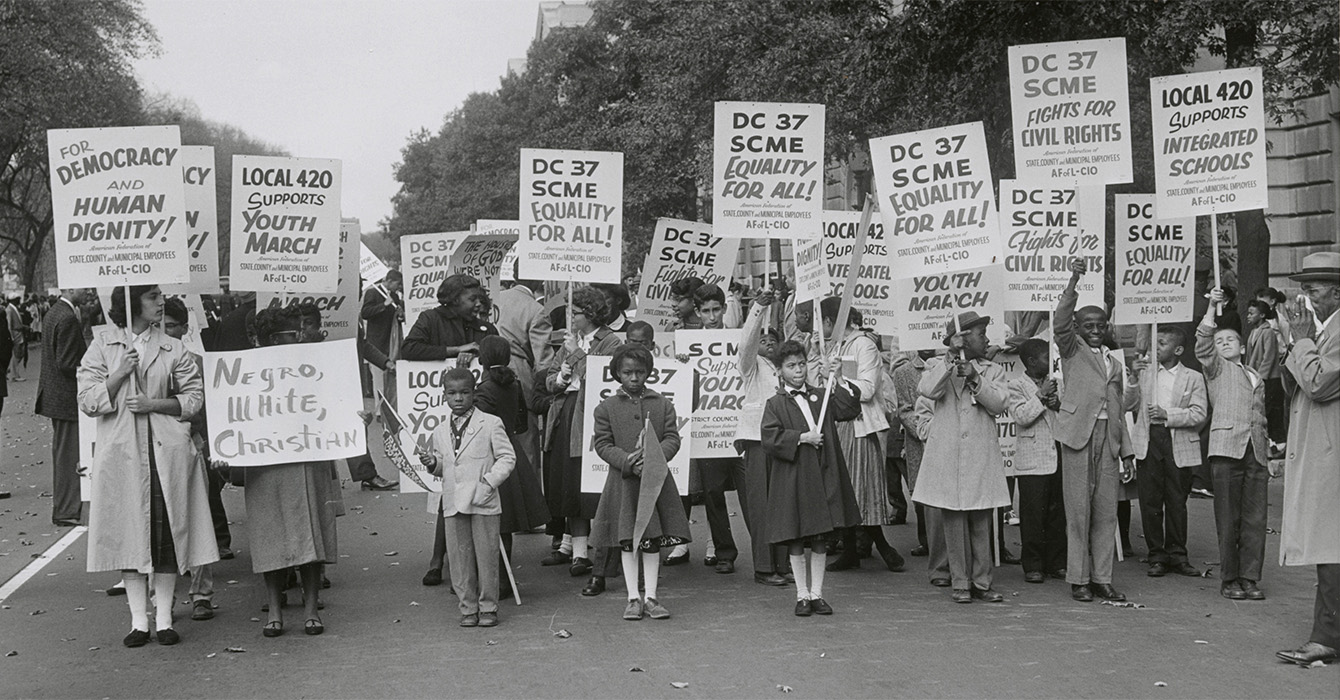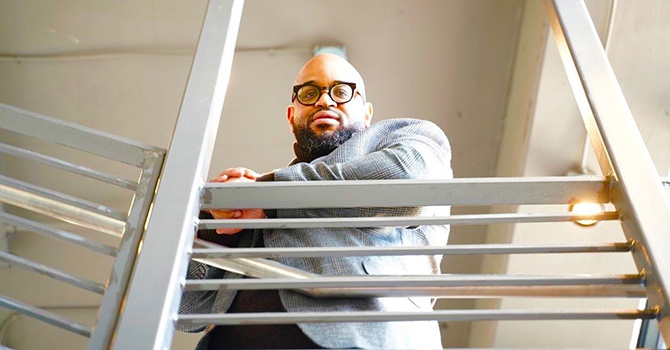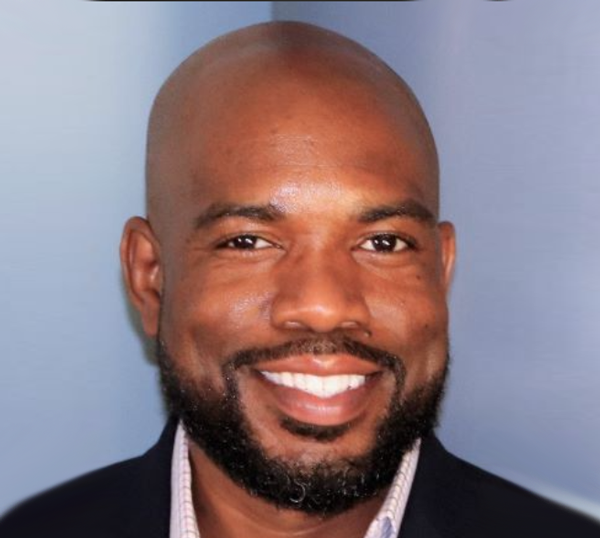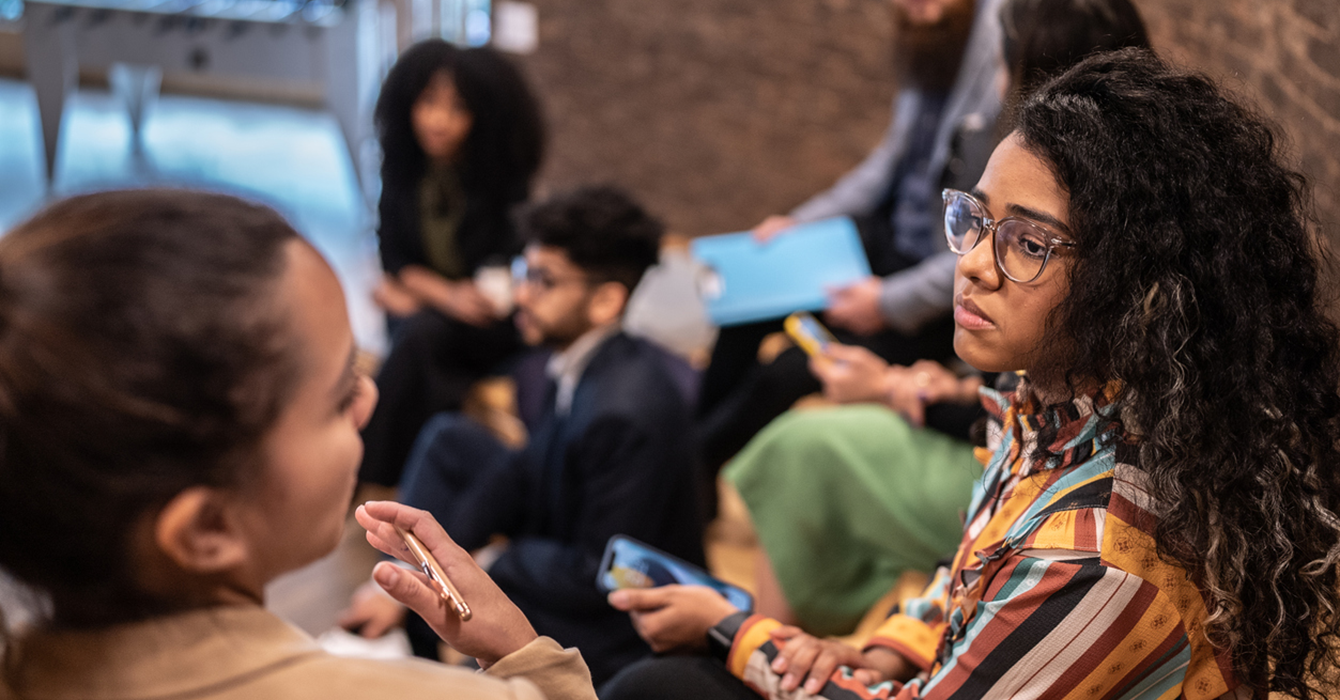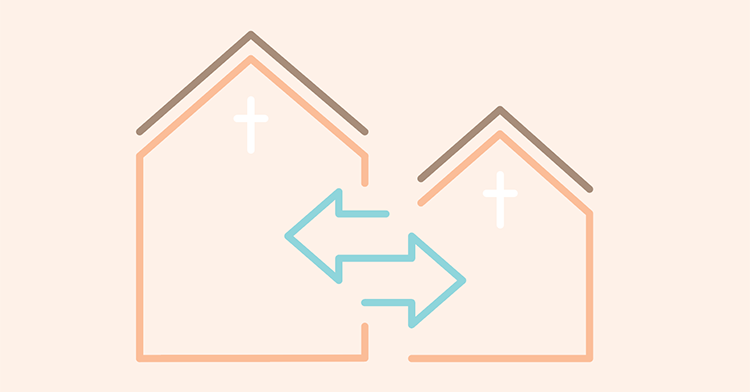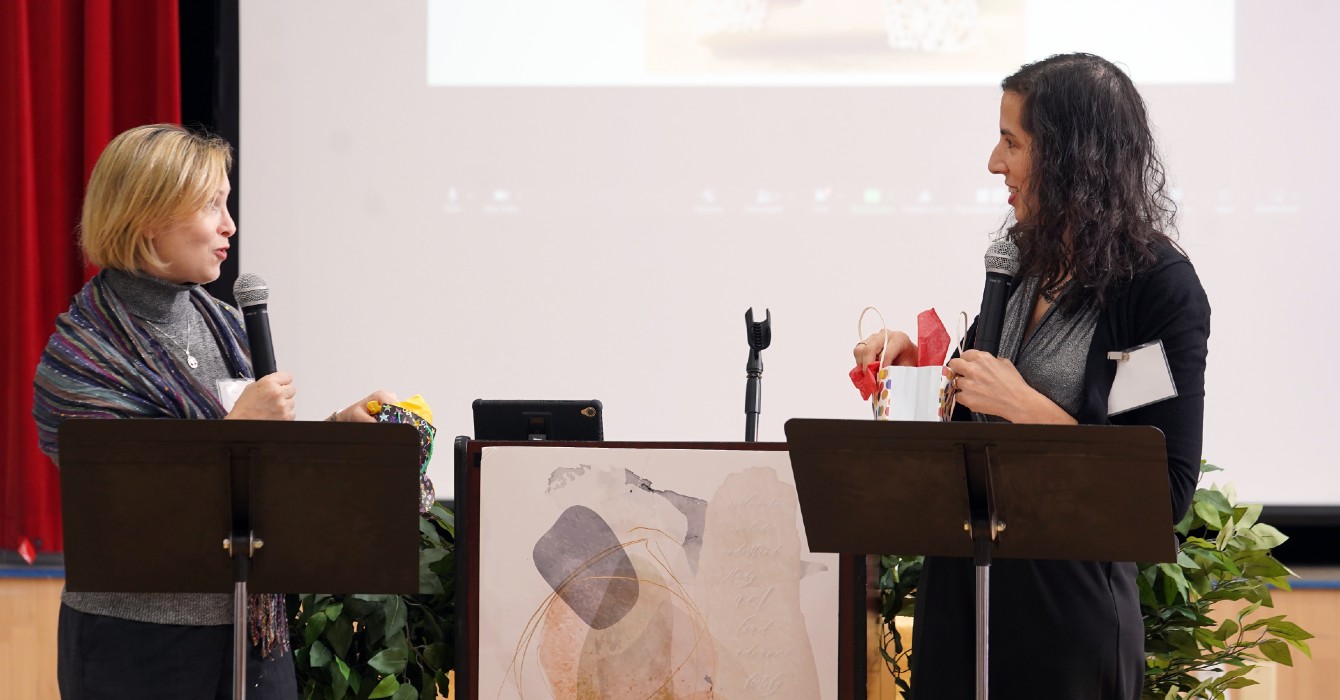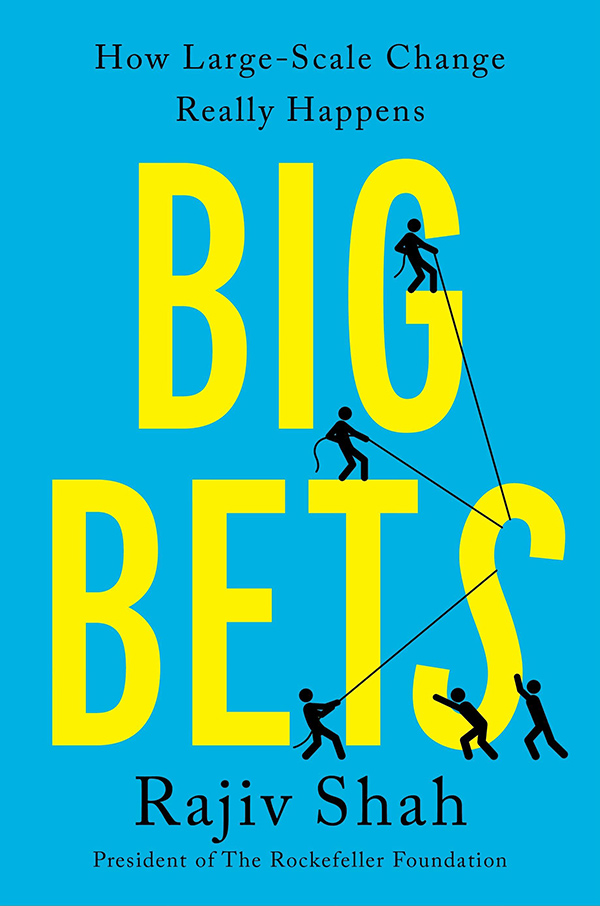Update: Laurent Dubois is the John L. Nau III Bicentennial Professor in the History & Principles of Democracy and director for academic affairs of the Democracy Initiative at the University of Virginia.
 The dominant model for education in the humanities involves individual work: undergraduates write papers, listen to lectures and undertake solo research projects.
The dominant model for education in the humanities involves individual work: undergraduates write papers, listen to lectures and undertake solo research projects.
But what if that changed? What if humanities education more closely resembled a research laboratory in the sciences, where collaborative work involving people at all levels is the norm?
In 2010 the Franklin Humanities Institute at Duke University created its first humanities laboratory, a new model for undergraduate education and scholarship. The following year, a grant from the Andrew W. Mellon Foundation continued the funding for the Haiti Lab and two others.
Laurent Dubois is co-director, with Deborah Jenson, of the Haiti Lab, the first of the initiative’s experimental laboratories. Created in the aftermath of the Haitian earthquake, the lab incorporates faculty, graduate students, undergraduates, visiting scholars, artists and others who gather in a recently renovated warehouse to work on collaborative projects.
Other current labs are BorderWork(s) and GreaterThanGames. Each is designed to last one to three years, when it will be replaced by a new lab.
Dubois spoke with Faith & Leadership about creating a new model within an existing institution. The following is an edited transcript.
Q: Why create a “lab” in which to study the humanities?
The question became, What would it mean to think about a model that’s a little bit more like a lab in the sciences, where basic research is going on in ways that involve undergraduates? In the sciences, undergraduates get to see research in a collective way.
Q: And my guess is that most undergraduates, even before they do an individual research project, learn by lectures and writing papers.
That has been the dominant model in humanities scholarship, although more and more it’s becoming clear that especially if you’re trying to do interdisciplinary scholarship, taking on broad questions, collaboration is vital.
It also raises the question, What are we training undergraduates to do, exactly? Since most undergraduates are not going to go into academia, we want to impart to them skills that could be used and applied to lots of different areas. A collaborative research context really helps in identifying the problem, figuring out what resources you need to resolve it and connecting it to other things out there.
After the Haiti earthquake, we had a group of people who were cross-disciplinary who were concerned about a very specific topic, which was Haiti, but in ways that could connect the humanities with health, law, environment.
Q: So the lab was designed to foster collaboration outside of the humanities as well?
It was part of the idea. And also that undergraduate, graduate and faculty work would be connected somehow, that the three of them would be in dialogue in some way.
So that was all -- that was what we had as our brief, and Haiti was the subject. And the rest, we just had to invent, basically. We were invited to experiment and try to figure out what way to go forward.
Q: How did you think through how that would actually work?
We just did it by doing it, I guess. We had a meeting, I remember -- the paint was still drying. There was a ladder and stuff, because they had just renovated the space.
The first meeting we had was the first week of class in the fall of 2010, and there were something like 50 students in here. And of those, I think 27 ended up signing up for independent studies. So we formed groups around certain problems, and we laid out some issues and some problems that they could explore.
One was a link with the law school; a group of people was looking at issues of violence against women in Haiti and creating a statute around that. So there were people who ended up doing research about the history of legislation, but also women’s organizing and feminism in Haiti, and gender in Haiti, and all those kinds of questions.
One of the things that happened was the project we did with Edouard Duval-Carrié, who had been invited to give a talk that year.
And he said, “You know, I’m not that much of a talker. Why don’t we make some art? I’m a visual artist.”
And so what started as a very innocent little idea -- “Yeah, sure, we could make some art” -- turned into this big project [Haiti: History Embedded in Amber], which is on display now.
We had no idea that was going to happen, but we had the space, we had the budget. That project would not have been possible without the lab.
If I can be slightly critical of universities, the time between when you have an idea and then when you get to the idea is often very long. The Haiti Lab was always infused with some sense of urgency.
It’s very clear in the wake of a disaster like that that the stakes of how things are talked about -- representations of discourse, how Haiti’s viewed -- the stakes of that are enormous.
In other words, the humanities were absolutely central.
That affects policy; it affects what happens on the ground. What was going to happen in Haiti would depend very, very much on the extent to which people comprehended the situation. And comprehending the situation required humanistic knowledge.
Understanding all the very intricate structures of Haiti’s social, cultural, economic [systems], the landscape, the geography, the infrastructure, agriculture -- all these things are vital.
Haiti is a place where there is a huge amount of external foreign involvement and effort, often coupled with extremely little humanistic knowledge, and the results are not great.
So on some level, we had a simple point to make, which was, It would be useful to know more about this if you actually want to contribute to helping.
A few months after the earthquake, the problem became, What’s reconstruction going to look like? What role are foreign organizations going to play? Having an informed debate about that seemed crucial.
Making a work of art might seem curious, but that is also a way through which we deepen our understanding and share an understanding of what this place is.
We use that work sometimes when school groups come as a way of talking about Haiti. It’s very visible. It makes Haiti very present. It’s a reminder of the earthquake.
But I would say that the reason that the Haiti Lab was exceptional was because we had an idea and then we decided to do it and then we did it, and we didn’t really have to ask anybody’s permission.
We didn’t have to apply for a bunch of money from different places and convince different committees that it was a good idea. Without the lab, we would have thought, “That’s a great idea, but it’s just impractical.”
Q: What other projects were done in the Haiti Lab?
Another project happened during that same period. When the Haiti Lab opened, there had never been cholera in Haiti before, but a month later, there was a cholera outbreak.
And a part of the questions surrounding that was, What was the history of the disease in the country? And people didn’t really know.
Now it has been pretty clearly shown that it had been introduced by the U.N. troops. But then there was another question, which was, Has there been cholera in Haiti before -- and if so, when?
And so that became a question that Deborah and a group of students who were in class took up as a historical question.
When there were cholera epidemics in the 19th century, it showed up in newspapers, because everybody was panicking about it, and ships needed to know whether to go to a place or not, etc., etc.
So they were able to do historical research in digitized 19th-century newspapers, getting a team together, and put together a history arguing that there had not been cholera in Haiti before. They ended up publishing that research in the [Centers for Disease Control and Prevention] journal “Emerging Infectious Diseases.”
This has implications for the epidemiology of the disease. They tracked the way in which cholera epidemics in other parts of the Caribbean were linked to seasonal variations and other kinds of things. So there’s other material there that’s of potential use to scientists.
It was a very problem-oriented, hands-on project through which students who are interested in medicine could learn how to use history. And students who are interested in history could learn about medicine. There’s a neat combination.
And the students did different things. Some students really took off and did amazing stuff.
One of our students who was interested in health and maternal health went to Léogâne on [the immersive service program] DukeEngage. She was interested in the issue of breastfeeding, women and breastfeeding, and child health.
She went into it with a health care approach: this is a problem, that there’s not enough breastfeeding. She had a certain vision of it. And then she realized that there was all this really interesting cultural stuff about breastfeeding and breast milk in Haitian culture, and she started thinking about anthropology.
And so she ended up writing a senior thesis that brought together all those interests, and then she got the Davis [Projects for] Peace prize, which funds fellowships for graduating seniors.
Q: So it really changed her educational trajectory?
Yeah. Because there was one space where she could keep crossing with different things. Students were able to do things that they couldn’t have in more traditional structures.
Q: As the three-year term comes to an end, can you say what were the elements of success?
A lot of it was that we really were able to cultivate informal exchange back and forth, with a regular cycling through of people.
Students are in class, but then they come to an interesting event, and then they also just happen to meet a graduate student, and that expands their vista.
Haiti gave us a clear focus, which actually, I think, allowed us to be very expansive in the types of approaches and questions.
It was also due to the generosity of the institution of the Franklin Humanities Institute, and Duke generally, which was to provide us with a space that was completely open. I would say that was a big element of the success, because it freed our imaginations.
All these kinds of things happened that would never have happened otherwise, and they happened because it was open-ended. So that, I think, is a success.
Q: Were there any failed experiments?
It was pretty chaotic. And we were pulled in a lot of directions. I think maybe for some students, it was hard to find a way through.
Q: Were there any institutional barriers to this project?
We sometimes joked that we were here to create problems that the institution would then have to figure out how to resolve. So in principle it’s great to have collaborative undergraduate research work, but that runs up against, sometimes, structures. So that creates a problem, which is a good problem to have, but then the institution has to resolve it.
We realized very quickly that the institutional bureaucratic forms were not really in place for this kind of stuff. For example, on the transcripts or on the registrar page, what it looked like was that there were 27 students taking independent studies. Each student needs a grade for each course; that’s not going to change. But in terms of the experience, it was much more of a dialectic experience.
Then during that first year, we started asking whether we could set up new types of rubrics, teaching rubrics, like a tutorial class that would be collective -- the students would all sign up for a tutorial that would be a group of research-based work, but collective in some sense.
At the same time, the institutions are actually flexible enough that we found solutions; … it was just also a very Haitian way of finding things. You try to put together things in a way that’s going to work.
Q: What’s next for this experiment?
The model is in place and will be continuing. The Haiti Lab was the first one. And then the next year, other faculty applied to occupy the two other lab spaces; two more labs opened up. And we’ll end this year, and a new project will come in here.
I do think it creates questions about how we should organize undergraduate education more broadly, and these are big questions Duke is taking on in all kinds of ways. I felt lucky, certainly, to be at the beginning of something.


